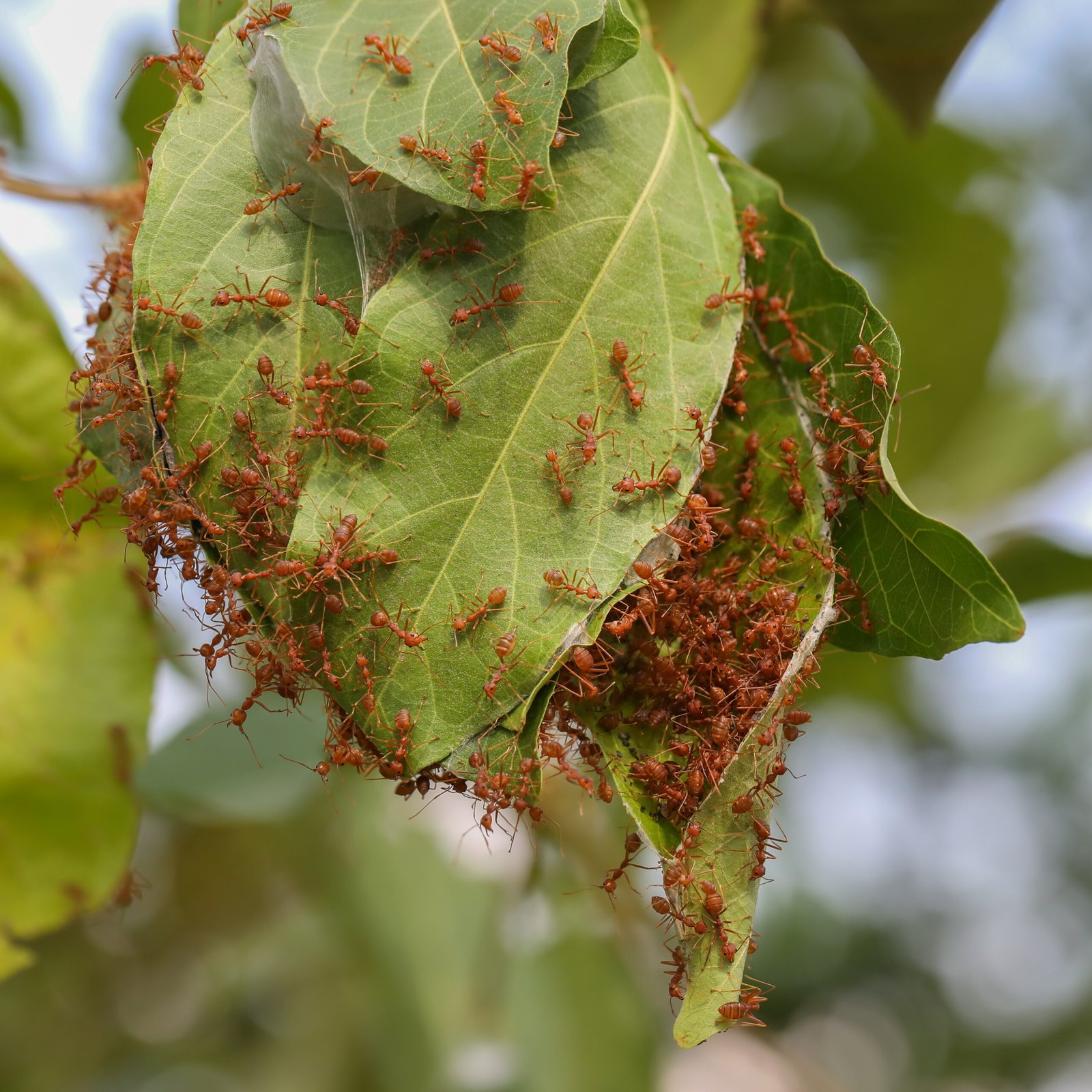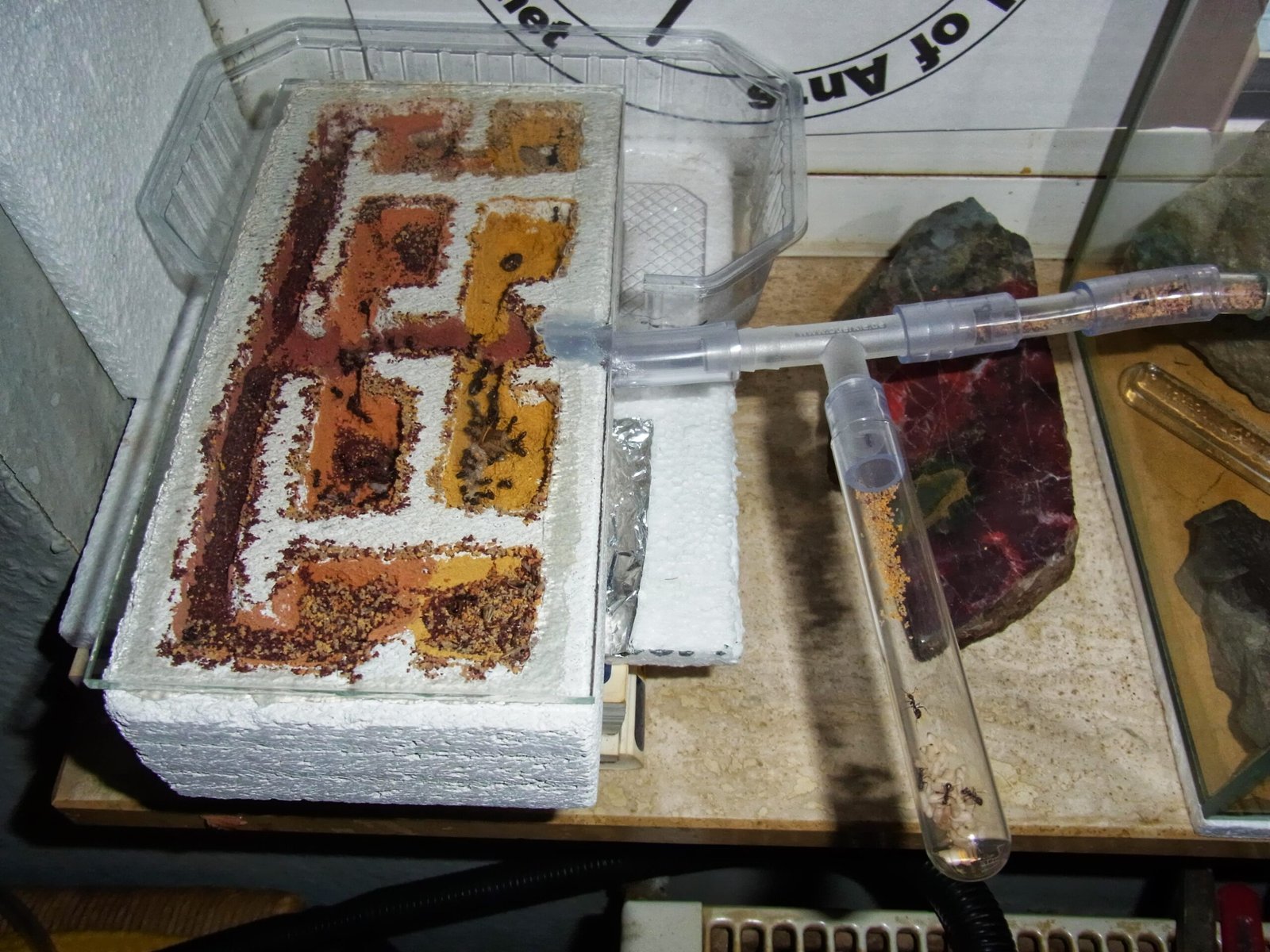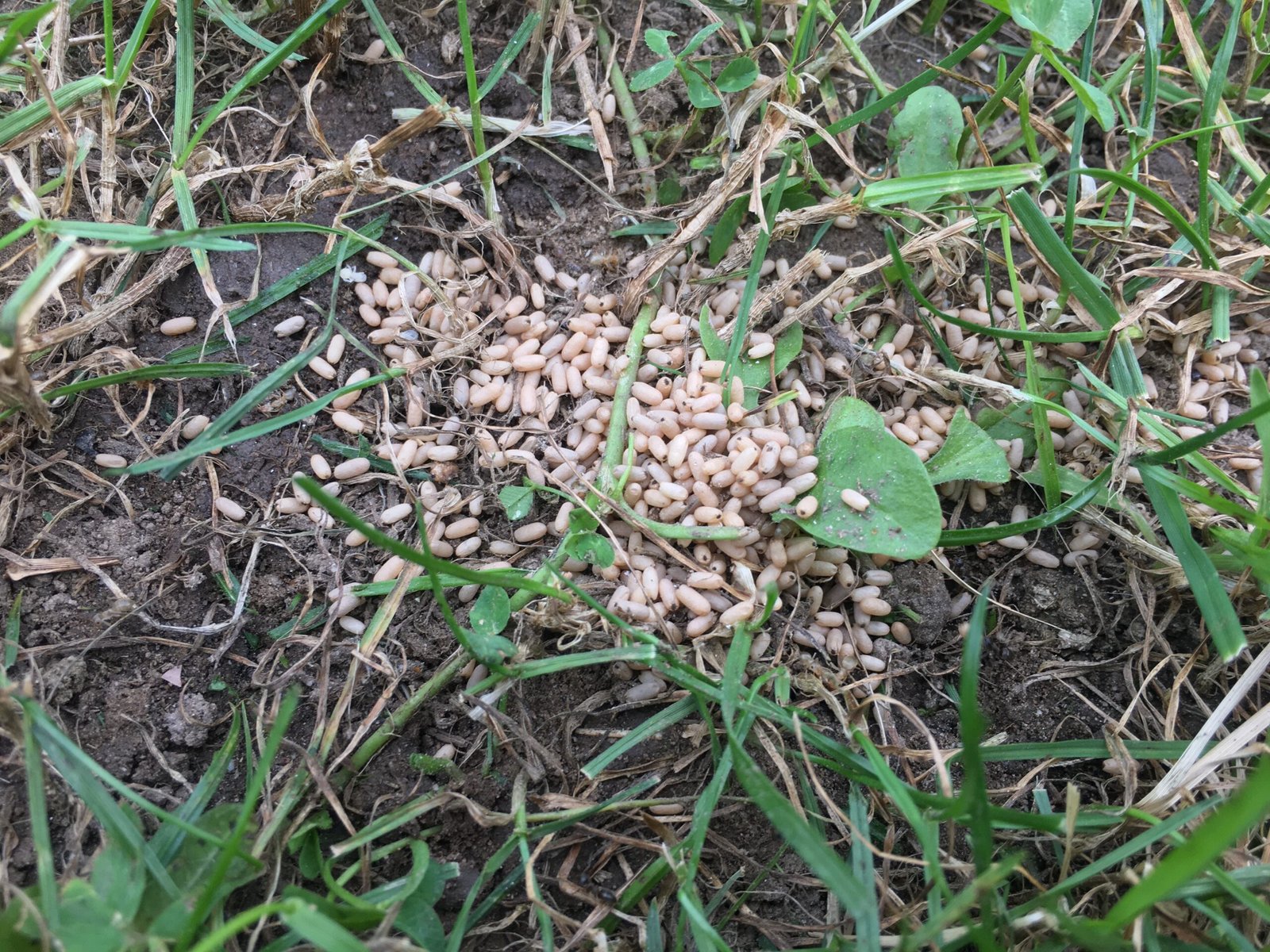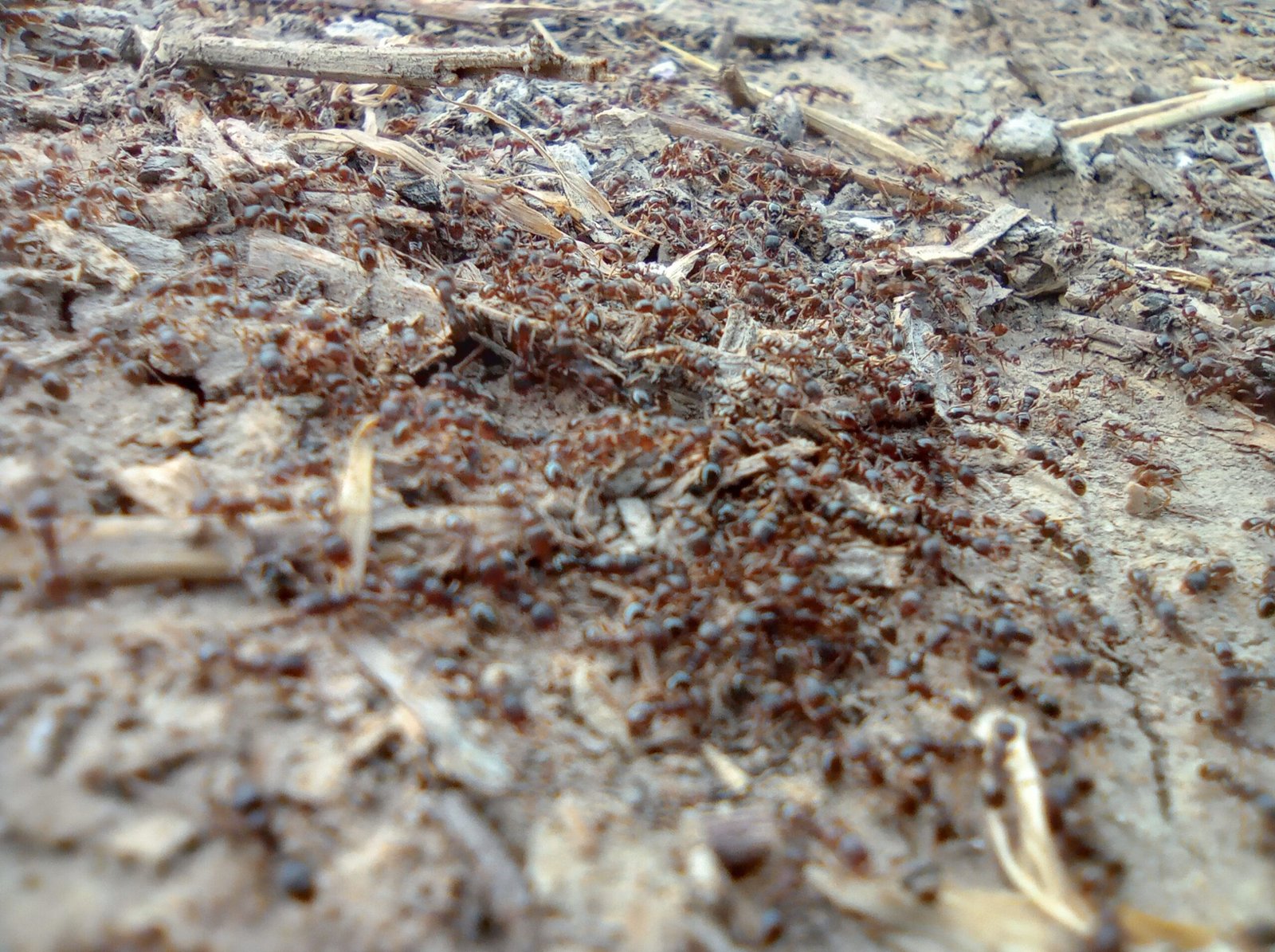Picture this: beneath your feet, a city hums with life, unseen. Millions of architects work tirelessly, carving intricate tunnels, vaults, and chambers—yet not a single blueprint or boss in sight. This isn’t a scene from a science fiction tale. It’s the mind-boggling reality of ant colonies, the world’s most underrated engineers. These tiny insects, driven by instinct and collaboration, create vast underground megastructures that rival human achievements in complexity. How do they do it, all without a leader pointing the way? Let’s journey into the secret world of ant architects and uncover the dazzling science behind their collective genius.
The Scale of Ant Engineering

Imagine a skyscraper built not by cranes and hard hats, but by a swarm of creatures so small you could fit dozens on your fingertip. Ant colonies can stretch several meters deep and wide, with complex layouts that would impress any urban planner. Some nests house millions of ants, featuring winding tunnels, food storage vaults, nurseries, and even “ventilation shafts” for fresh air. Scientists have poured cement into abandoned ant nests to reveal sprawling, multi-level labyrinths, sometimes as big as a small house. The sheer scale is staggering, especially when you remember that the builders are blind to the full structure.
No Leaders, No Blueprints: The Mystery of Organization
One of the most astonishing facts about ant construction is the absence of a leader. There’s no foreman, no queen directing traffic from atop a throne. The queen’s role is to lay eggs, not to give orders. Each ant follows simple rules, much like dancers moving to the same rhythm without a choreographer. Despite this, their efforts result in functional and efficient structures. This self-organization—known as “stigmergy”—is a marvel of evolution, proving that complicated systems don’t always need a central brain.
Stigmergy: The Silent Conversation
Stigmergy is a fancy word for a simple but powerful idea: ants leave signals in their environment, like breadcrumbs, that guide others. When an ant digs a bit of soil, she leaves a scent trail. Another ant, passing by, senses this and starts digging nearby. Over time, these tiny acts snowball into grand architecture. This process is like a whispering game, but instead of words, ants use pheromones, soil patterns, and vibrations. The result? A kind of “invisible hand” that guides thousands of ants toward a common goal without direct communication.
The Power of Pheromones
Pheromones are chemical messages ants use to coordinate almost everything, from foraging to building. When an ant finds a spot worth digging, she marks it with a special scent. Others pick up the cue and reinforce it, creating a feedback loop. This system allows for rapid responses to environmental changes: if a tunnel collapses, ants quickly reroute and strengthen support. Pheromones are so effective that some scientists compare them to the internet, with each ant acting as both user and router, sharing information in real time.
Division of Labor: Specialized Builders
Not all ants are created equal. Within a colony, different ants have distinct roles. Some are born diggers, with powerful jaws perfect for excavating soil. Others tend to larvae or guard the nest. This division of labor is partly genetic and partly shaped by need. If a section of the nest needs reinforcement, more diggers join in. If food is scarce, foragers are dispatched. The flexibility of these roles keeps the construction process resilient, ensuring the colony can adapt to challenges without missing a beat.
Blueprints Written in Soil
Ants don’t use paper plans, but they do “read” their environment. Soil type, moisture, and temperature all influence their building tactics. In sandy soil, tunnels are reinforced with debris; in clay, chambers are larger and more stable. Ants sense vibrations and air currents, adjusting their digging to maintain airflow and prevent collapse. You could say ants are nature’s civil engineers, constantly assessing and optimizing their worksite.
Self-Healing Structures
One of the most impressive features of ant nests is their ability to repair themselves. When part of a tunnel caves in or floods, ants swarm to the trouble spot, rebuilding and rerouting as needed. This self-healing ability allows the colony to survive disasters that would flatten a human city. It’s a living, breathing construction site, always changing, always adapting.
Air Conditioning and Ventilation
If you thought ants lived in stuffy holes, think again. Many species design their nests with intricate ventilation systems that regulate temperature and humidity. Some leafcutter ants build towering mounds with “chimneys” that draw in cool air and expel heat. Underground, narrow tunnels and wide chambers create airflow patterns, keeping brood chambers at the perfect temperature for eggs and larvae. This natural air conditioning is so efficient that architects and engineers have studied it for inspiration.
Food Storage and Farming

Deep within their labyrinths, some ants create granaries or even farms. Harvesting ants store seeds in dry chambers, protecting them from mold. Leafcutter ants go a step further, cultivating underground fungus gardens on chewed-up leaves. These fungus farms are the colony’s main food source and are tended with almost obsessive care. Specialized workers weed out contaminants and maintain ideal growing conditions, turning the nest into a subterranean farm.
Communication Through Touch and Vibration

Beyond pheromones, ants use touch and vibration to coordinate construction. They tap each other’s antennae and bodies, passing on information about obstacles or hazards. Ants can sense the tiniest tremors, helping them detect weak spots in tunnels or the approach of predators. This tactile communication ensures that even in total darkness, the colony works as a unified whole.
Colony Expansion: Adding On Without Chaos
As the colony grows, so does the nest. New chambers are excavated, and old ones are repurposed. Ants avoid chaos by following simple rules: dig where there’s space, expand toward food, reinforce busy tunnels. Over years, what starts as a small burrow can become a sprawling megastructure, each addition seamlessly integrated into the whole. It’s like a city that builds itself one street at a time, never losing its shape.
Defense Mechanisms: Fortresses Underground
Ant nests aren’t just homes—they’re fortresses. Entrances are narrow and winding, making it hard for predators to invade. Some ants build false tunnels or trapdoors to confuse enemies. In times of danger, soldiers block entrances with their armored heads, while others mount rapid repairs. This defensive architecture gives the colony a fighting chance against everything from floods to hungry anteaters.
Species Superstars: Not All Nests Are Alike
Different ant species have their own signature building styles. The leafcutter ants of South America are famous for their towering mounds and fungus gardens. Australian meat ants create massive, flat nests that stretch for meters. Army ants, always on the move, build temporary “bivouac” nests from their own bodies, linking together in living chains. Each species has evolved unique tricks suited to its environment, showing just how versatile ant engineering can be.
Mathematics in the Mud: Emergent Patterns
What’s truly wild is how ant nests often display mathematical patterns—spirals, fractals, and branching networks. These designs aren’t planned, but emerge from countless small decisions made by individual ants. Scientists use computer models to study this “emergent architecture,” hoping to unlock secrets that could revolutionize robotics and urban planning. Ants, it seems, are unwitting mathematicians, weaving order from chaos.
Learning From Failure: Mistakes That Shape the Nest
Ant construction isn’t flawless. Sometimes, they dig too close to the surface and tunnels collapse; other times, chambers flood or become infested with mold. But ants quickly adapt, abandoning failed routes and reinforcing weak spots. These collective “mistakes” are actually a key part of the process, allowing the nest to evolve over time. It’s a lesson in resilience: failure isn’t the end, but a step toward something stronger.
Ants and Human Inspiration
Humans have long marveled at ant architecture. Engineers study their ventilation systems for green building ideas, while computer scientists use ant algorithms to solve complex problems. One famous example is “ant colony optimization,” a method for finding the best routes in networks, inspired by how ants find food. The next time your phone maps out the fastest way home, you might have ants to thank.
Ant Colonies as Superorganisms
Scientists often describe ant colonies as “superorganisms”—not just a collection of individuals, but a single, coordinated entity. Each ant is like a cell in a body, performing specialized tasks that keep the whole alive. This perspective helps explain how such complex structures can arise without leaders or plans. The colony itself is the architect, shaped by millions of tiny decisions over time.
Environmental Impact: Ants as Ecosystem Engineers
Ant nests do more than house ants—they shape the environment. Their digging aerates soil, mixes nutrients, and helps plants grow. Some species even create microhabitats for other insects and fungi. In forests, grasslands, and deserts, ant colonies are quietly building and maintaining the world around us. Their architectural feats ripple outward, impacting entire ecosystems in ways scientists are only beginning to understand.
Challenges and Threats to Ant Architecture

Despite their resilience, ant architects face growing threats. Habitat loss, pesticides, and climate change disrupt their carefully balanced worlds. Some species are declining, unable to adapt to rapid changes. Others, like invasive fire ants, spread aggressively, outcompeting native builders. The fate of these insect engineers is tied to the health of our planet, reminding us how fragile and interconnected life beneath our feet can be.
The Unseen Wonders Below Our Feet

The next time you spot a trail of ants marching across your sidewalk, remember: beneath the surface, a hidden metropolis might be thriving. Their story is one of teamwork, creativity, and relentless adaptation. Ants show us that extraordinary achievements don’t always require grand plans or powerful leaders—sometimes, all it takes is a community working together, one grain of soil at a time.


